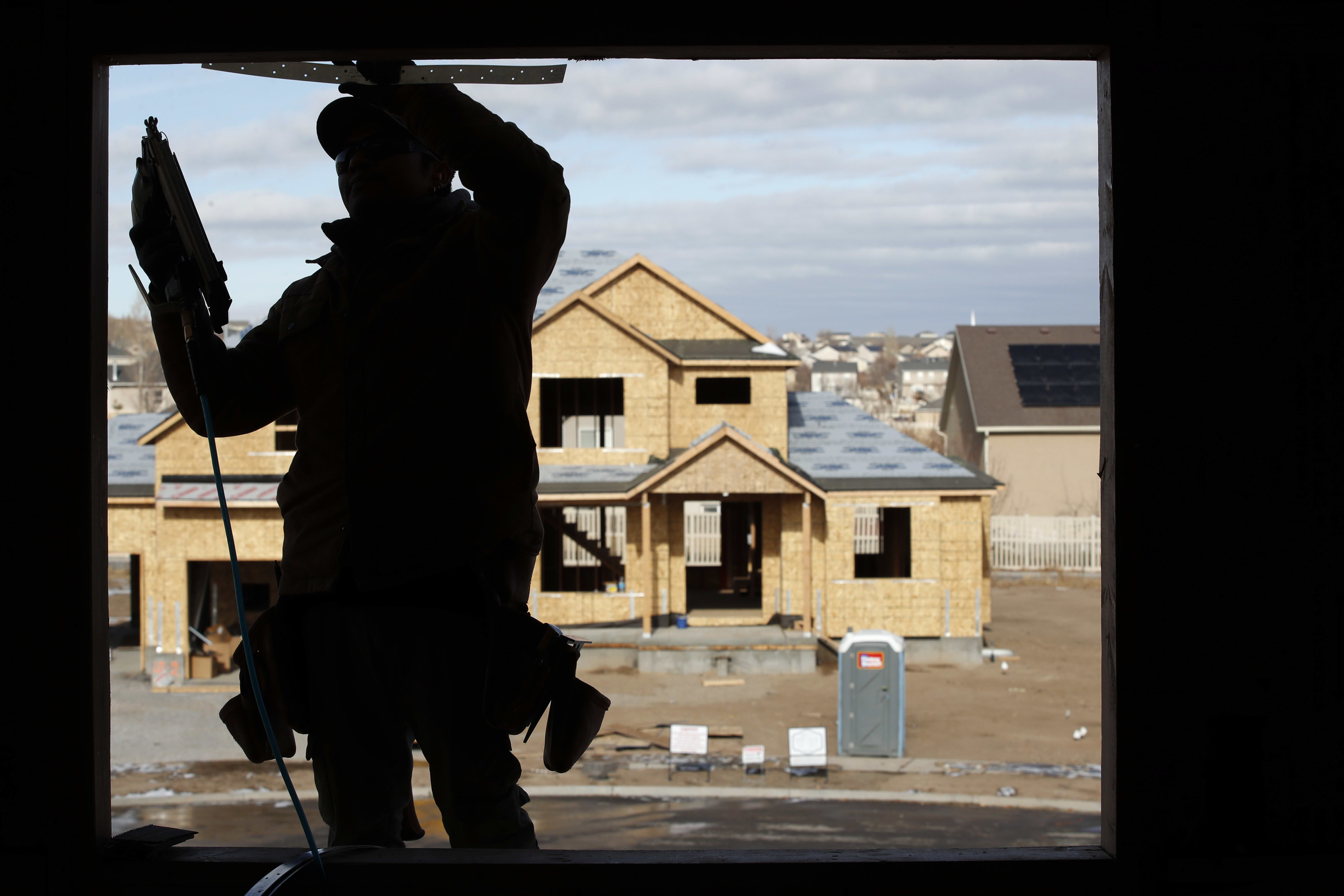Products You May Like
Rising mortgage rates are starting to take their toll on the nation’s homebuilders, who are more concerned about affordability heading into the all-important spring housing market as mortgage rates surge.
Builders’ sales expectations for the next six months declined a steep 10 points to 70, according to the National Association of Home Builders/Wells Fargo Housing Market Index. The index doesn’t often see such large monthly moves. Builders’ view of current sales conditions fell 3 points to 86.
Overall, builder sentiment in the market for single-family homes dropped 2 points to 79 in March. February’s read was also revised lower. Last March it stood at 82.
This is the fourth straight monthly decline and the first time the index has slipped below 80 since last September, when the delta variant of Covid-19 was spreading. Anything above 50 is considered positive sentiment.
Builders have long cited building material supply side constraints and rising construction costs as headwinds, but now the expectations of higher interest rates are hitting them harder. The average rate on the 30-year fixed-rate mortgage is already a full percentage point higher than it was a year ago, and continues to rise. That change can be seen in one of the index’s three components.
“The March HMI recorded the lowest future sales expectations in the survey since June 2020,” said Robert Dietz, chief economist at the NAHB. “Builders are reporting growing concerns that increasing construction costs (up 20% over the last 12 months) and expected higher interest rates connected to tightening monetary policy will price prospective home buyers out of the market.”
The buyer traffic component of the index did rise 2 points to 67.
“While low existing inventory and favorable demographics are supporting demand, the impact of elevated inflation and expected higher interest rates suggests caution for the second half of 2022,” added Dietz.
Regionally, on three-month moving averages, sentiment in the Northeast fell 7 points to 69. In the Midwest it dropped 1 point to 72 and the South fell 3 points to 83. The West was the only region to see a gain, up 1 point to 90.
